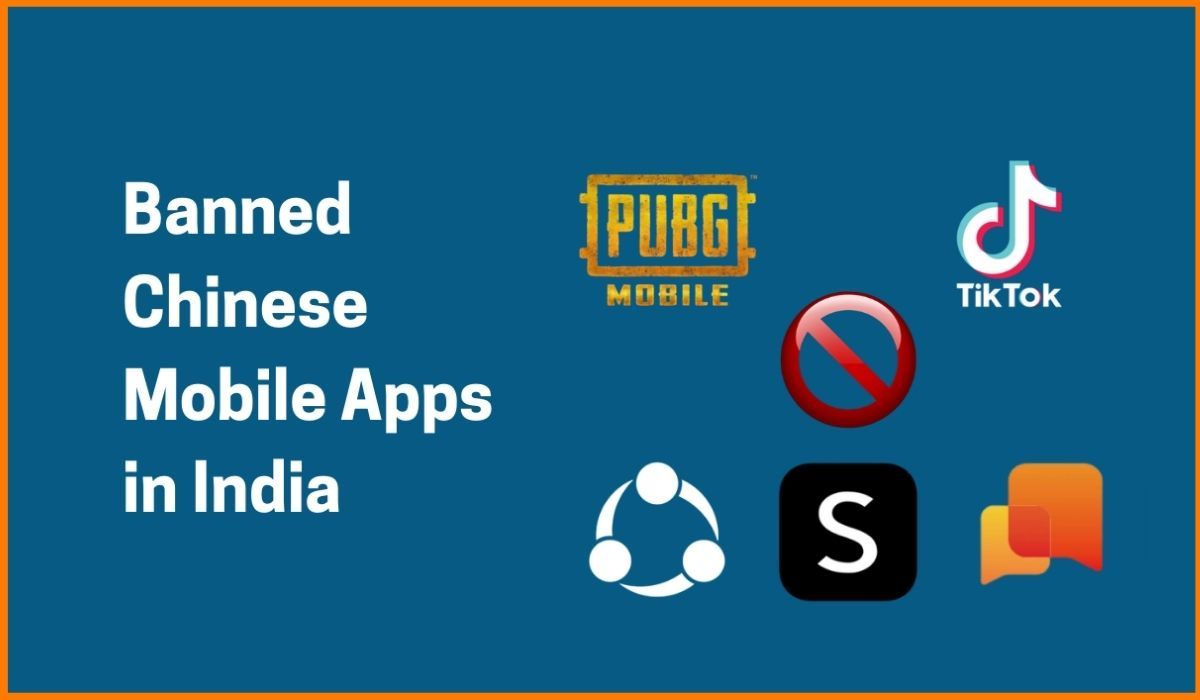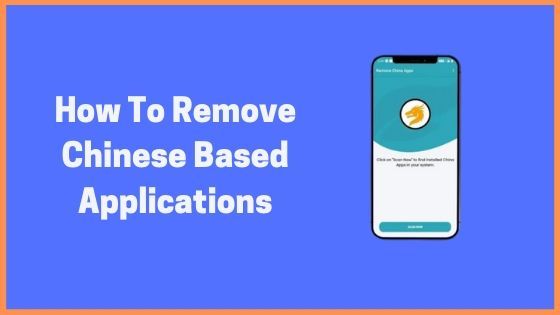We all have had our own share of episodes of looking at rusty, old, vehicles covered in black, dense smoke bumbling past us, and we remarking, “how did it get past the usual security checks and roam about freely?”
Well, this is how things used to be on the Indian roads where we could name a brand new Mercedes or a BMW and a polluting, dilapidated truck or van in the same breath.
Out of the total air pollution that the Indians suffer from, a massive 27% of it is caused by vehicular emissions. Though a number of companies including Ola, Reliance, Tata, and others have started stressing about eco-friendly ways and have embraced Green Marketing to change the way how the industries and the vehicles run, we are yet to triumph over our greatest enemy, pollution.
However, with the new vehicle scrappage policy that PM Narendra Modi announced on Friday, August 13, 2021, the Indian government aims to get rid of all the unfit and polluting vehicles as a stern measure to suppress vehicular air pollution.
What is the Vehicle Scrappage Policy?
Automobile Scrappage Policy Guidelines
When will the scrappage policy start to come into effect?
Main Objectives of the Vehicle Scrappage Policy
What will the new Vehicle Scrappage Policy bring in?
How will the Indian Vehicle Scrappage Policy Benefit the Startups of the Country?
How will the National Automobile Scrappage Policy Benefit the Common Man?
FAQ
What is the Vehicle Scrappage Policy?
Scrapping means “to throw away or get rid off” and the new scrappage policy is formed around the same idea.
The vehicle scrappage policy, as announced by the Prime Minister of India at the Investor Summit in Gujarat, revolves around the idea of phasing out all the vehicles from the Indian roads, which are polluting and deemed as unfit.
Here’s what Narendra Modi has remarked via his Twitter handle:
The launch of Vehicle Scrappage Policy today is a significant milestone in India’s development journey. The Investor Summit in Gujarat for setting up vehicle scrapping infrastructure opens a new range of possibilities. I would request our youth & start-ups to join this programme.
— Narendra Modi (@narendramodi) August 13, 2021
Automobile Scrappage Policy Guidelines
The scrappage policy for the automobiles of the country lists some guidelines following which the vehicles will be scrapped.
On this, Union Minister Nitin Gadkari mentioned that according to the newly launched vehicle scrappage policy, the commercial and personal vehicles will be scrutinized, which are over 15 years and 20 years old, and will be scrapped if they fail to pass a government-imposed test. “They will be seized and destroyed,” added Gadkari.

When will the scrappage policy start to come into effect?
The automobile scrappage policy will be coming into effect from April 2022, starting with the vehicles owned by the Indian government and its allied entities like the PSUs.
Next, the government will consider mandatory testing for heavy commercial vehicles, which will start in April 2023. Finally, the testing will also include vehicles belonging to all other categories, which will come into effect from June 2024.
Main Objectives of the Vehicle Scrappage Policy
Among the main objectives of the vehicle scrappage policy, the reduction of air pollution is the primary goal that the government is looking forward to attaining.
Reducing the Pollution caused by the Vehicles
The main objective of the vehicle scrappage policy is to oust the polluting vehicles and lessen the overall vehicular pollution to the minimum. This will be a great help towards promoting a circular economy for the country.
Creating Employment for the Indians
The scrappage policy of vehicles would be a major project to undertake for the government of India in the upcoming years, the new scrappage policy would attract investments worth Rs 10000 crore.
This will not only be a project for the government workers but will be a massive employment opportunity for the youngsters, poorly employed, and the unemployed section of the country.
Encouraging Circular Economy in India
A circular economy can be defined as a systemic approach to economic development, which will further benefit businesses, society, and the environment at large.
The circular economy, as hinted by Modi, is regenerative and sharply contrasts the “take-make-waste” linear model, which further strives to rely less on the consumption of non-renewable resources.

What will the new Vehicle Scrappage Policy bring in?
The vehicle scrappage policy strives to phase out the above-mentioned vehicles in an environment-friendly manner. Therefore, the whole initiative ensues the establishment of scrapping infrastructures like Automated Testing Stations and the setting up of Registered Vehicle Scrapping Facilities.
How will the Indian Vehicle Scrappage Policy Benefit the Startups of the Country?
According to Narendra Modi’s nationwide video conference, which also had Nitin Gadkari, Minister for Road Transport and Highways, the Prime Minister has also announced that the Indian government is also willing to collaborate with the budding companies or the startups, which is expected to be a significant boost to the pandemic-struck startup ecosystem.
How will the National Automobile Scrappage Policy Benefit the Common Man?
Along with benefitting the startups and the unemployed, the scrappage policy will also greatly benefit the common man. Here’s how it is a win-win situation for them:
- For all the scrapped vehicles the vehicle owners will receive a certificate to testify their scrapped car. Furthermore, the government will ensure that they will not have to pay registration fees when they buy a new car.
- They will also receive tax benefits, which would include a discount on road tax. This way it would act as an incentive for scrapping an old vehicle.
- The old vehicles would be seized for the person, which might seem to be a loss but actually would be profitable for the particular person. If one possesses an old vehicle, he would have to spend money on the maintenance costs, repair cost, and fuel efficiency of the old car, which he/she would be spared from.
- The owners of the old vehicles would be eligible for the best price for car scrappage for all the workable parts like the tires.
- Lastly, they will be eligible to buy new and advanced vehicles, which will be safer for their upcoming journey.
FAQ
What will happen to the vintage vehicles?
According to the scrappage policy of the Indian government, it will scrape all the old cars except the vintage automobiles. Gadkari mentioned that no such guidelines have been formed for vintage vehicles as of now, adding they will also regulate the vintage vehicles with the upcoming list of guidelines.
What will the incentives that the scrappage policy will entail?
The vehicle scrappage policy will offer incentives for the owners of the scrapped vehicles. Once their vehicles are scrapped, they will be issued relevant certificates for the same. The old vehicle owners can show these certificates whenever they decide to purchase a new vehicle and can get up to a 25% rebate on road tax.
Will there be a GST Rebate for the scrapped vehicle owners?
According to the policy, it has been decided by the government that whenever a scrapped vehicle owner will go for a new purchase, he/she will be allowed a 5% discount on the basis of the certificate issued for their scrapped vehicle. Gadkari has further mentioned that he has also requested the Finance Minister to grant a GST rebate for them, which is pending approval.

































